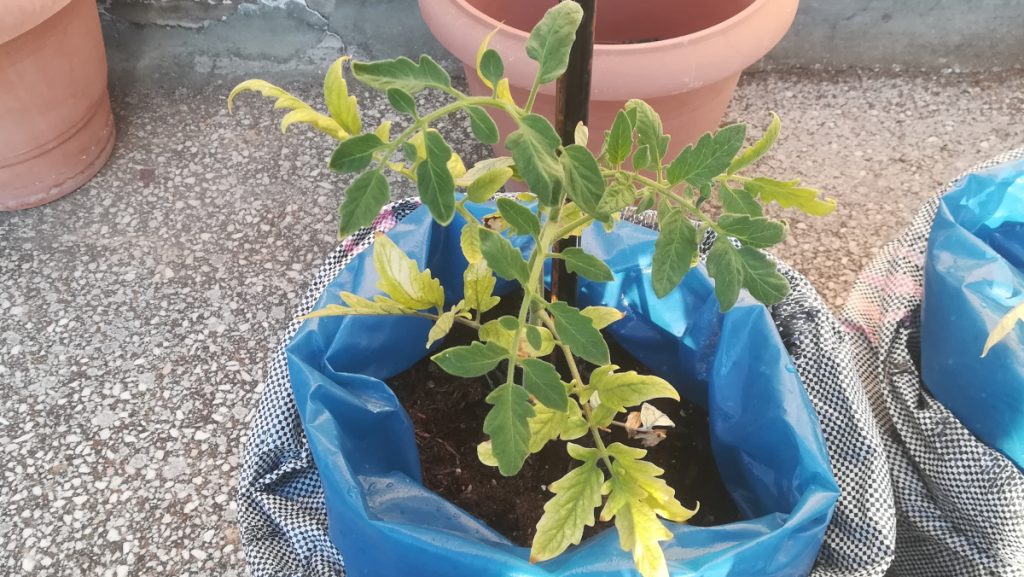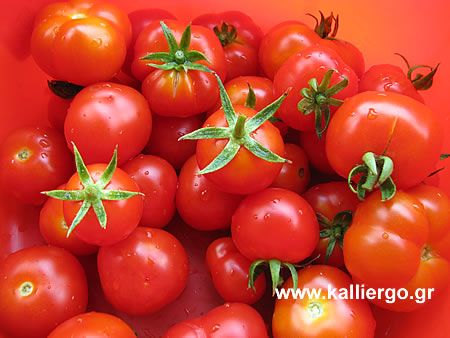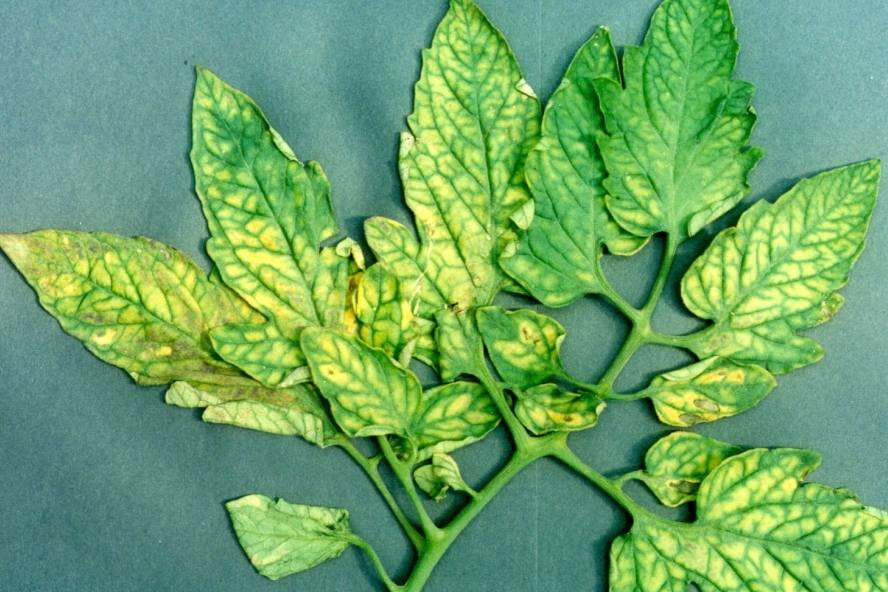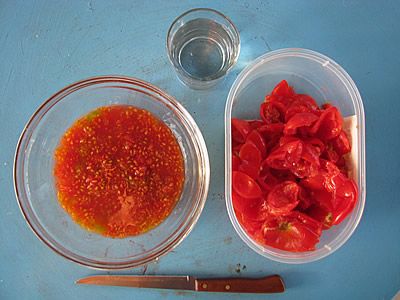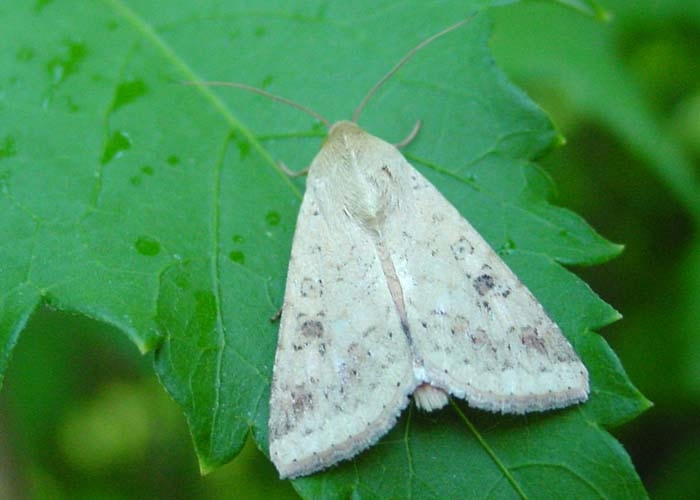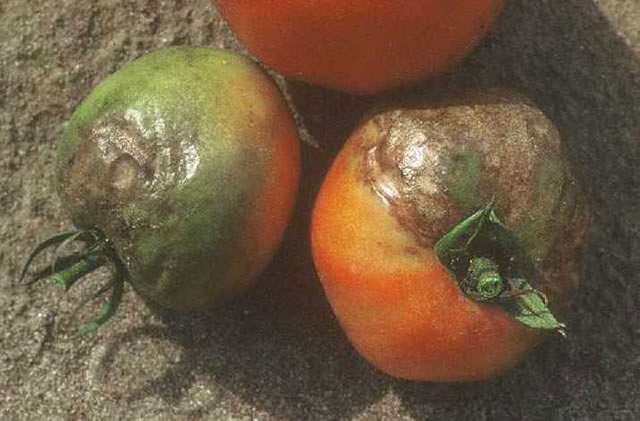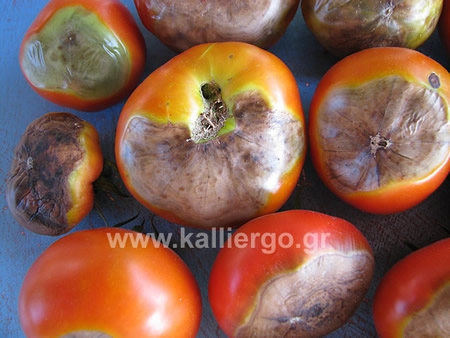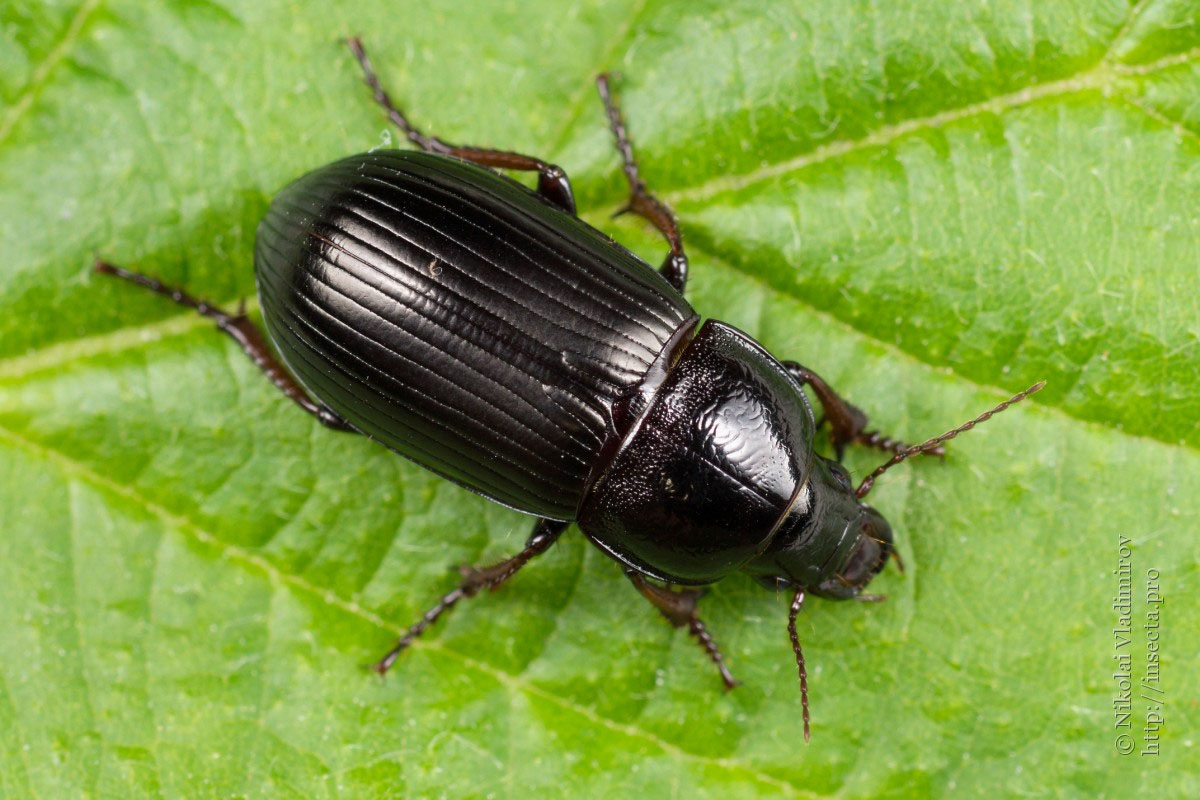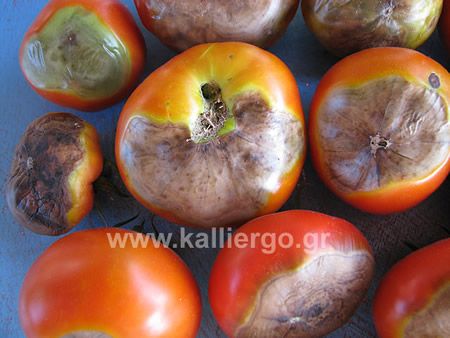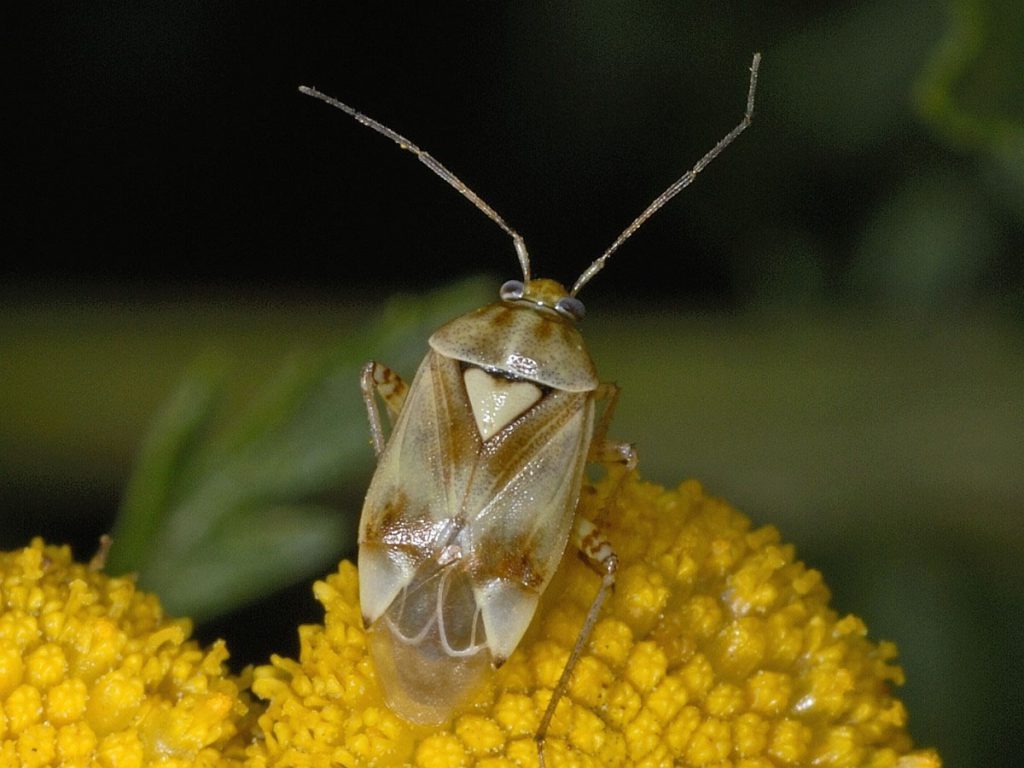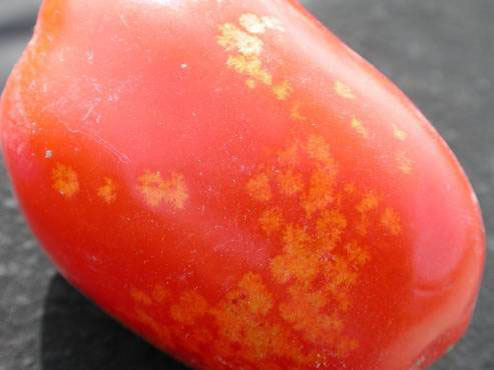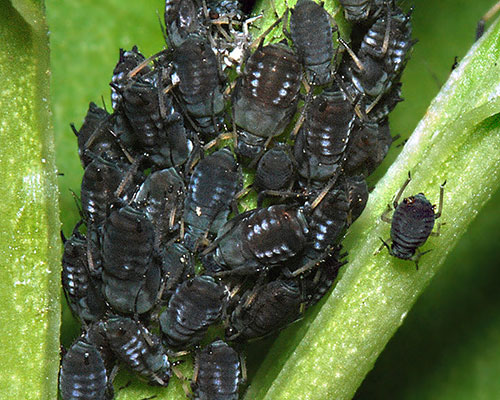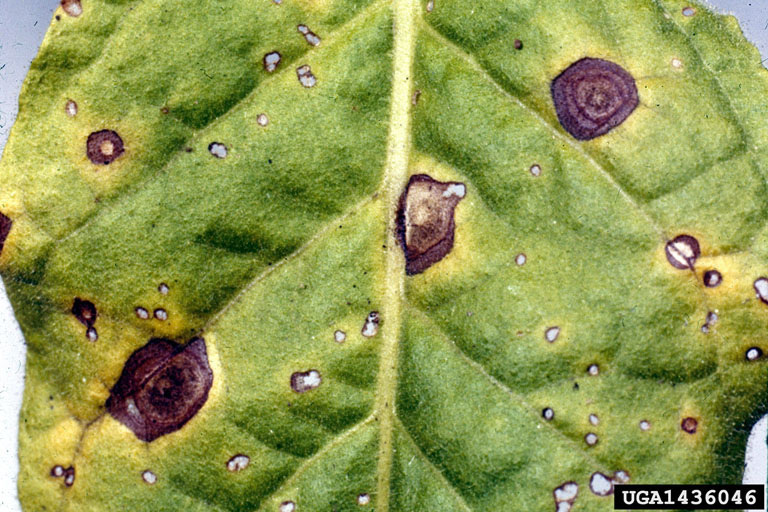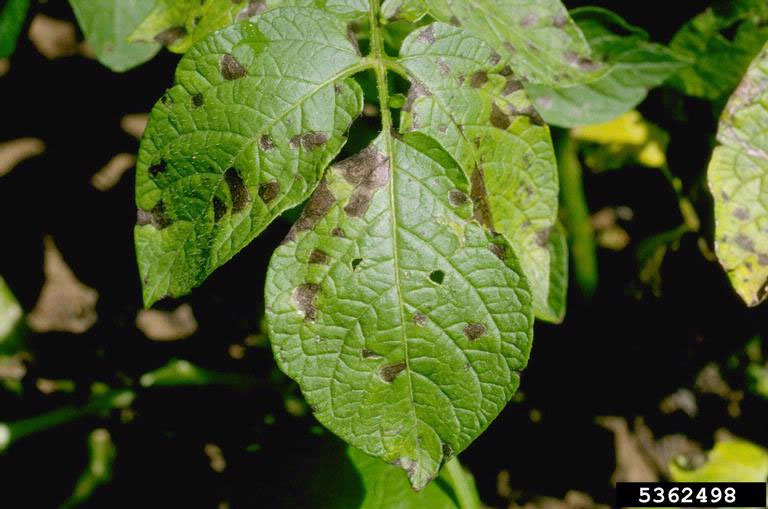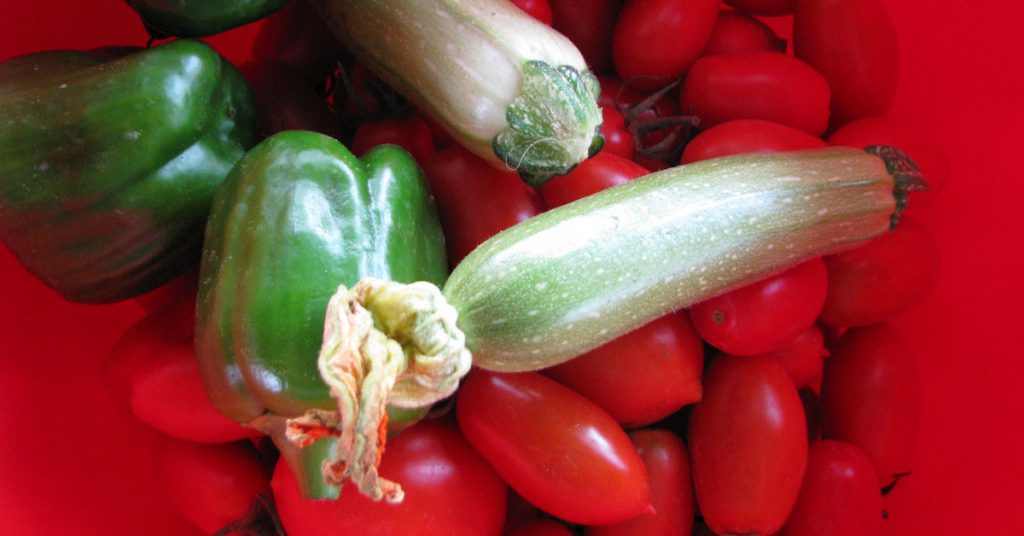Greek salad – Papares – Cost, ingredients, how to make
Greek salad is the iconic salad of Greece. The dish that most tourists / visitors prefer to order, during their stay in Greece. Here you will learn what is the genuine Greek salad, how you can make it yourself, and how much should you pay for it while staying in Greece. The origins of Greek […]
Greek salad – Papares – Cost, ingredients, how to make Read More »


